9 expert tips for soundproofing a room – how to sort acoustics while losing nothing of the aesthetics
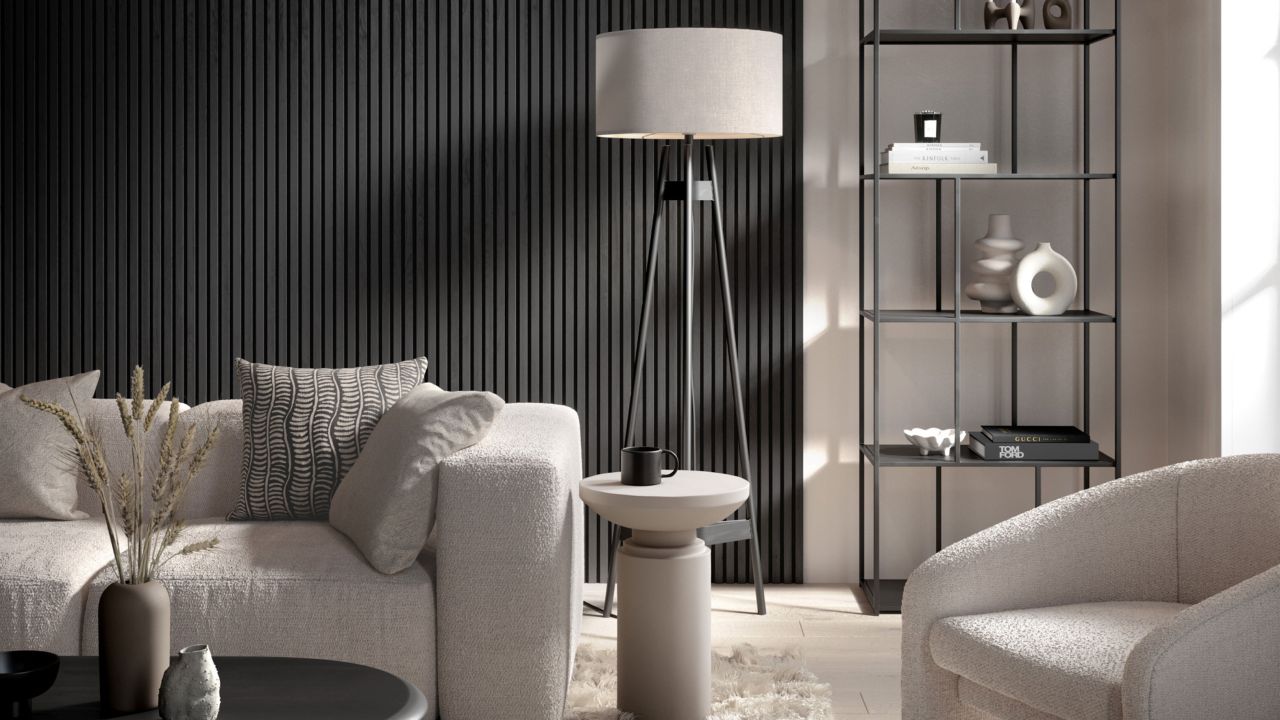

(Image credit: Naturewall)
9 expert tips for soundproofing a room – how to sort acoustics while losing nothing of the aesthetics
Soundproofing a room is just as important as the decor if you want to create a happy space to live. Here's how the experts suggest you reduce the noise in your home
By HUGH METCALF for LIVING ETC MAGAZINE
The urgency to start soundproofing a room has increased in the last two years. What working from home has made abundantly clear is the importance of peace and quiet. However, disrupted Zoom calls and appliances causing distractions when you're trying to focus on a work task aren't the only reason to better consider the role that sound plays in your home – noise has a direct effect on our overall wellbeing.
‘Because sound is invisible it is often overlooked,' says says Poppy Szkiler, co-founder of Quiet Mark, a scheme that awards certification to products that are both quiet and help improve a building's "acoustic comfort". 'Yet the fundamental impact noise has on all the physical rhythms of our bodies, our hormones, heart rate and brain waves is so profound and inherent to our wellbeing and therefore also to the design process of the buildings we live in.’
When we talk about soundproofing a room in our home we're not aiming for a recording studio set-up with acoustic foam stuck to the walls, but rather making choices that dampen sound from echoing and reduce noise from traveling, both from internal and external sources.
These nine tips for soundproofing a room give you a solid starting point for addressing sound in your home, offering suggestions for how best to specify the fabric of your build for a quiet home. But don't worry, the principles of modern interior design won't be overlooked - there are also simple ways to furnish and decorate for a more acoustically comfortable space.
9 TIPS FOR SOUNDPROOFING A ROOM
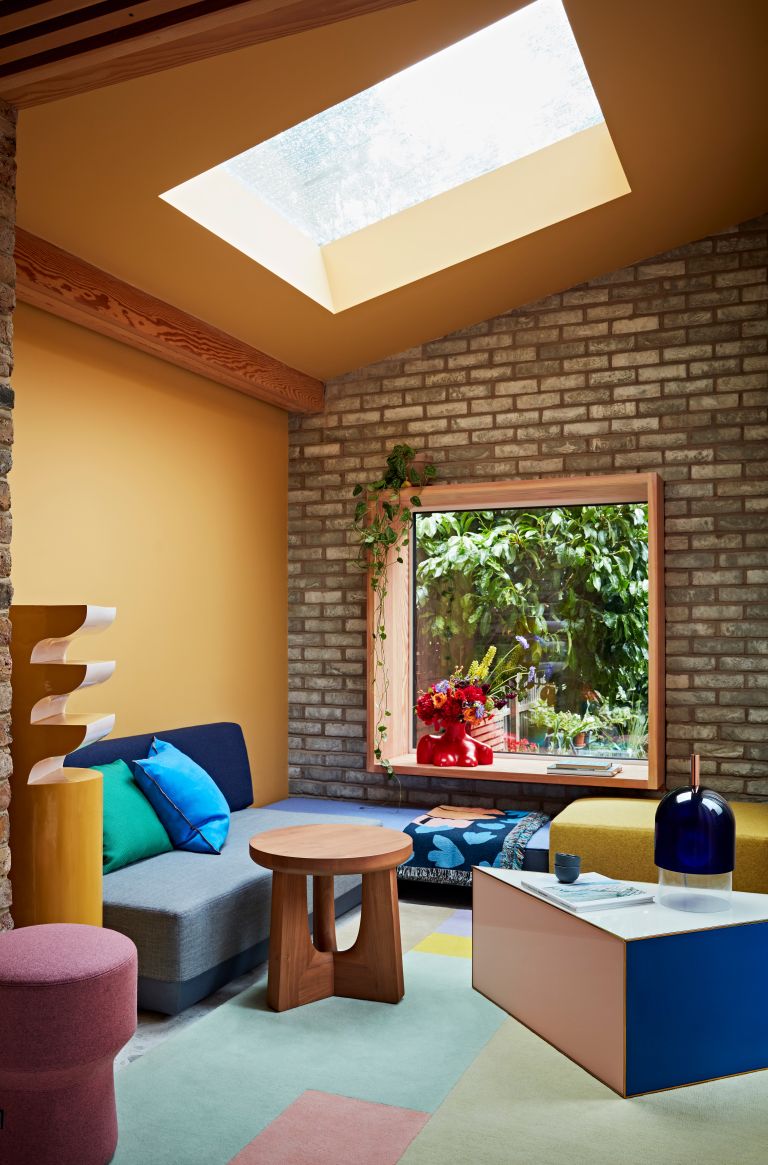
(Image credit: Jon Day)
1. USE SOUNDPROOFING MATERIALS IN DIVIDING WALLS
'Nuisance noise doesn’t always come from external sources. Whether in a living or working environment, controlling the passage of sound between internal spaces can make the difference between a peaceful experience… or a much more stressful one,' says Quiet Mark's Simon Gosling, host of the Quiet Mark podcast.
If you're doing a big build, or perhaps adding an extension, think carefully about your choice of materials. Specifying sound insulation materials, such as ROCKWOOL Sound Insulation Slab, for use in internal and separating walls and floors will help to reduce noise that can otherwise pass through from rooms - or houses - next door.
2. CREATE QUIET OVERHEAD
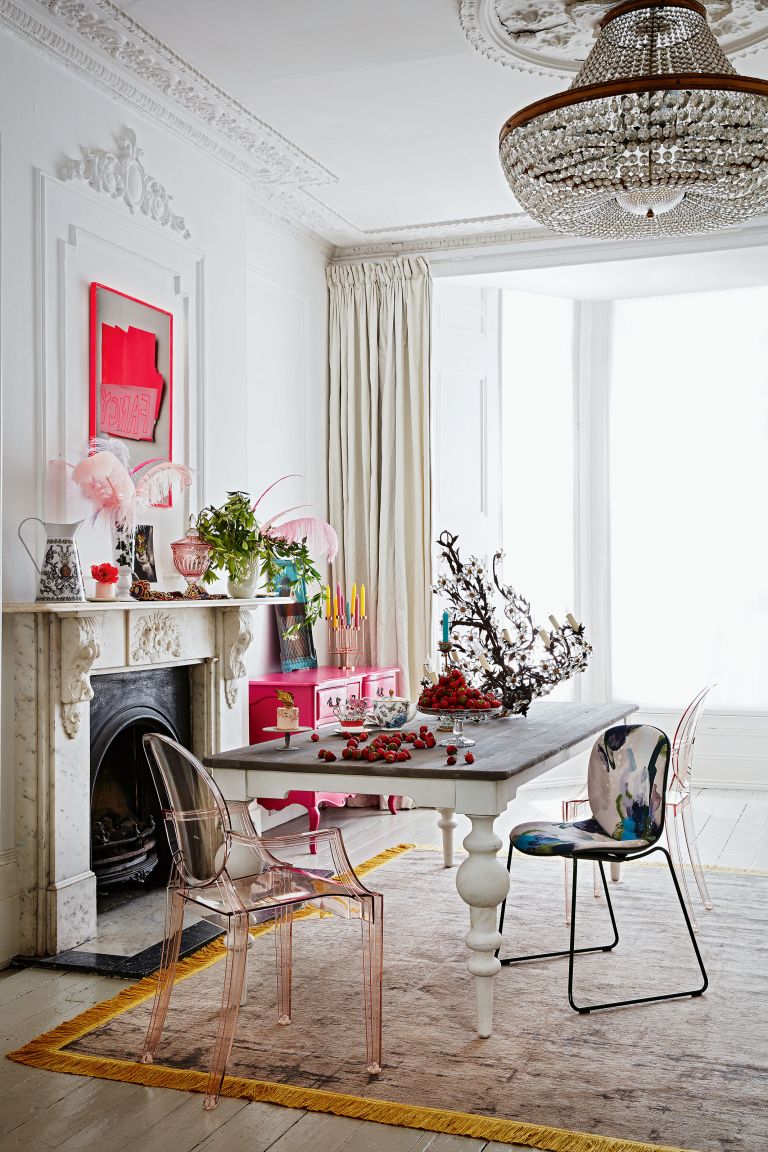
(Image credit: Damien Russell)
Sound from upstairs rooms can be particularly distracting, whether that's from creaky floors or other family members going about their day, albeit noisily. So it's important to consider how to soundproof ceilings for a quieter, more peaceful and more comfortable space.
Acoustic insulation can be applied to ceilings or between floor joists, helping to minimize the transfer of sound from the room above. It's also worth considering your choice of floor type in upstairs rooms. Using carpets in bedrooms will help to dampen the sound of footsteps overhead, and staircase carpet ideas also make moving around the home quieter. If using hard flooring, specify an acoustic underlay, while also covering the floors with rugs across the areas of the room you walk across most.
3. CONSIDER EXTERNAL CLADDING AS AN OPTION
'In some cases, external insulation can also be used, and it should ideally be a product will be selected that has both good acoustic and also heat-insulating properties,' says Cat Hoad, director of Absolute Project Management. She is also a founding member of Interior Design Declares, a pledge for design professionals to commit to building homes with residents' wellbeing at their heart.
Cladding with acoustic panels will help deaden sound that might otherwise transfer through external walls. There are various options to try that offer a different aesthetic to your home. Exposed acoustic panels and acoustic bricks are more commonly seen on commercial buildings, and there'll be a much smaller choice of finishes for these materials, but a product such as acoustic render board can be rendered over for a smooth finish and painted in a custom color.
4. CHOOSE THE RIGHT WALL FINISHES
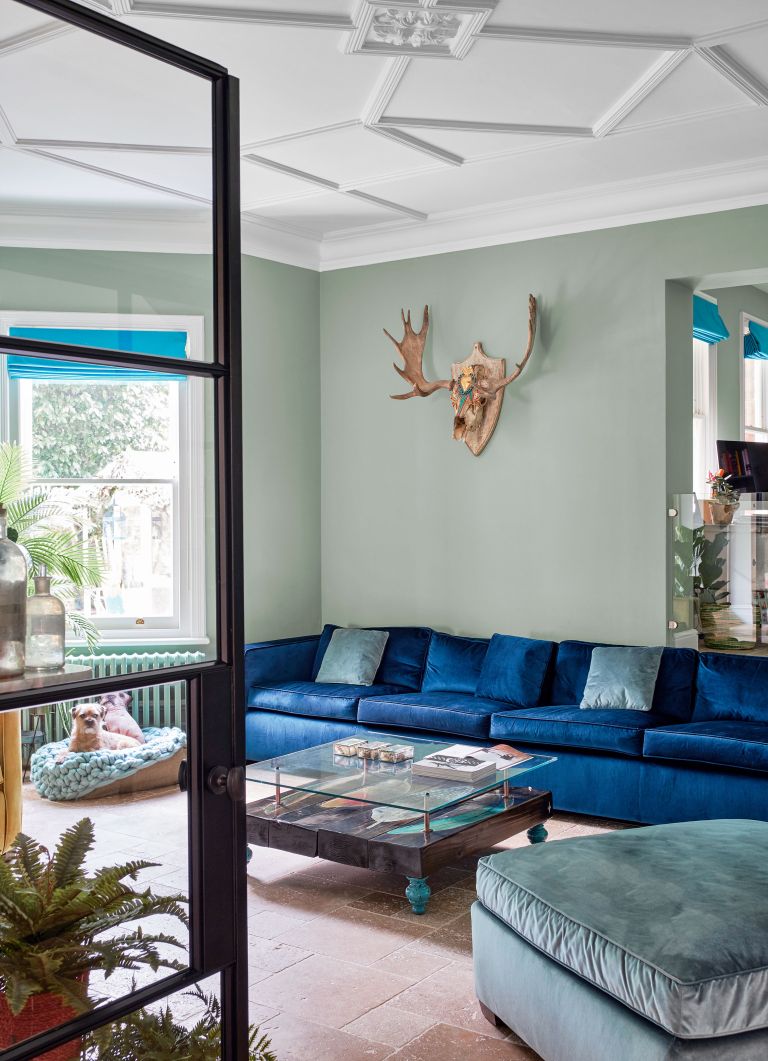
(Image credit: James Merrell)
The finish of your walls play a part in both the transfer of sound and how noise moves around a space, so making good choices at this stage of a build, in particular, is important. While it's more of a standard finish anyway, to some extent using finishes such as plasterboard or timber will provide a better acoustic result than a completely hard surface such as a concrete, explains Cat Hoad.
Acoustic plasters are more commonly used in cavernous commercial spaces, but they can also be used in homes, and are formulated to absorb sound rather than reflect it to limit sound reverberation.
5. DAMPEN SOUND WITH WALL PANELLING
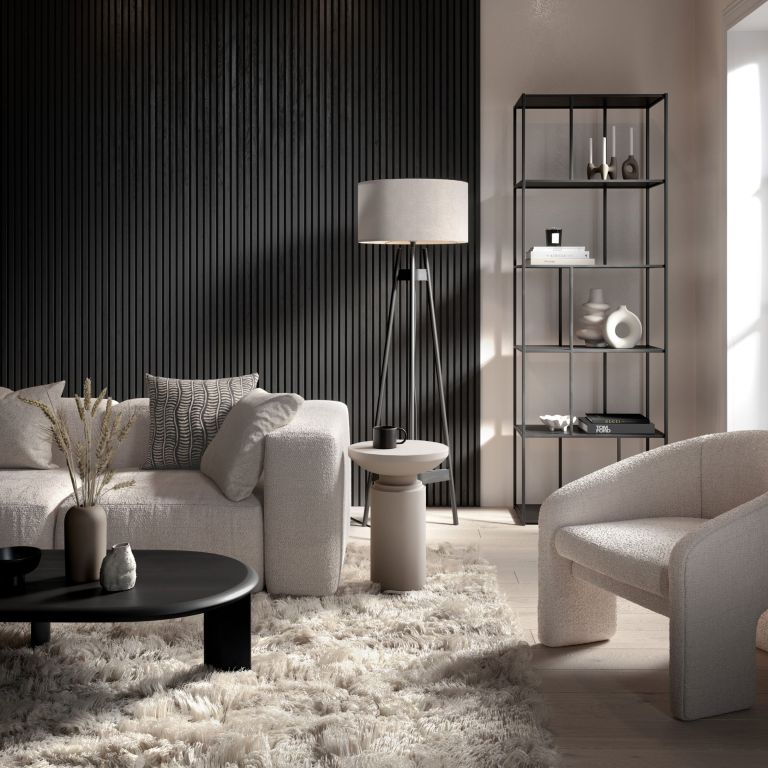
(Image credit: Naturewall)
Timber is a material with good acoustic qualities that can absorb some sound, so using it on your walls as paneling can be an effective way of soundproofing a room.
To take it one step further and consider acoustic timber wall panels. These combine the interior design trend for modern timber slatted walls with an acoustic felt backing, greatly increasing the level of soundproofing it offers a room.
6. CHOOSE GOOD GLAZING
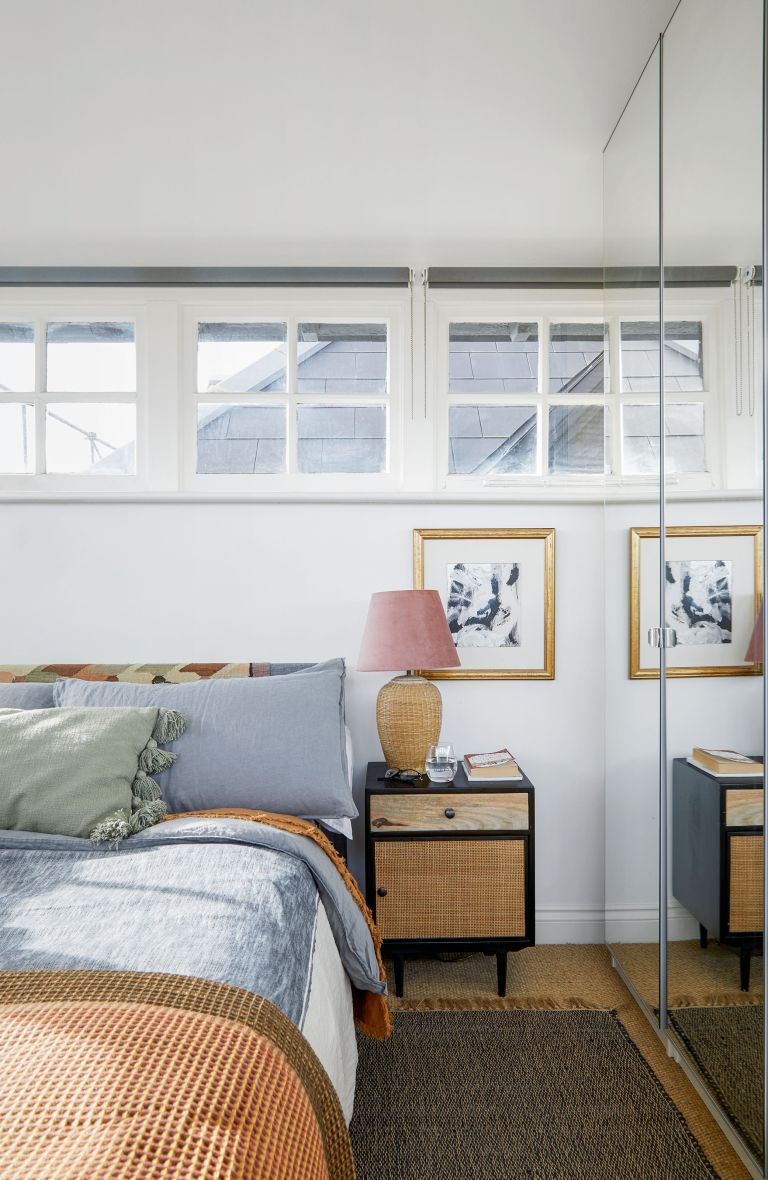
(Image credit: Anna Stathaki)
'Look at opportunities to eliminate, or reduce, sound from outside by considering good quality double or (attractive) secondary glazing,' says Cat Hoad. Acoustic glazing tends to be a type of double glazing that includes an acoustic insulation film between the two layers of glass, reducing the amount of sound that transfers through the window or door. Choosing acoustic glazing is particularly important for people living in built-up, urban areas.
Secondary glazing isn't as efficient at blocking sound, but will make a huge improvement on single glazing, which provides low levels of soundproofing from outside, while triple glazing offers above-spec soundproofing, though at a cost.
7. USE SOFT FURNISHING TO DAMPEN SOUND
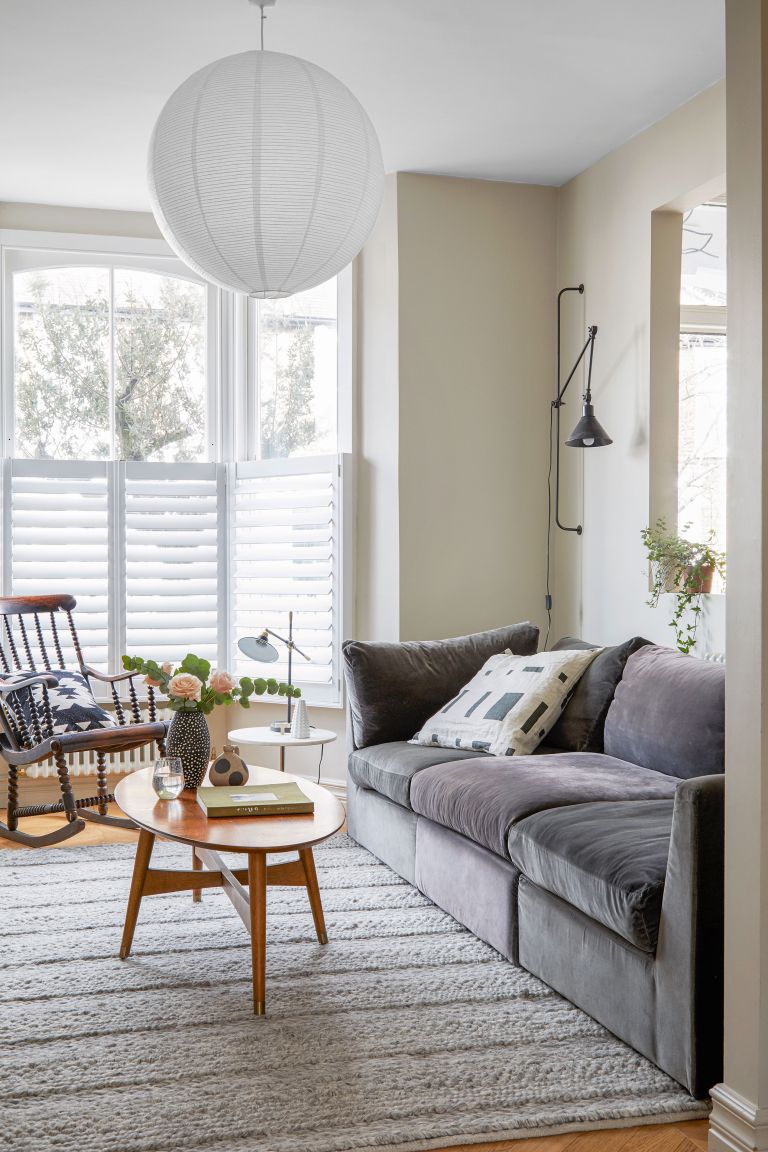
(Image credit: Anna Stathaki)
Away from the structure of your home, you can make some significant improvements to your home's acoustic comfort with thoughtful choices of soft furnishings. 'Even if the space is fairly minimal or industrial, you can add softness (and sound absorption) through using roman blinds, rugs and upholstered furniture,' says Cat. There has never been a better excuse for adding a boucle accent chair.
'You could even consider textile wall art as a means of introducing pieces of art into the home, while doubling up as soundproofing for walls,' she continues.
8. LINE THE WALLS WITH BOOKS
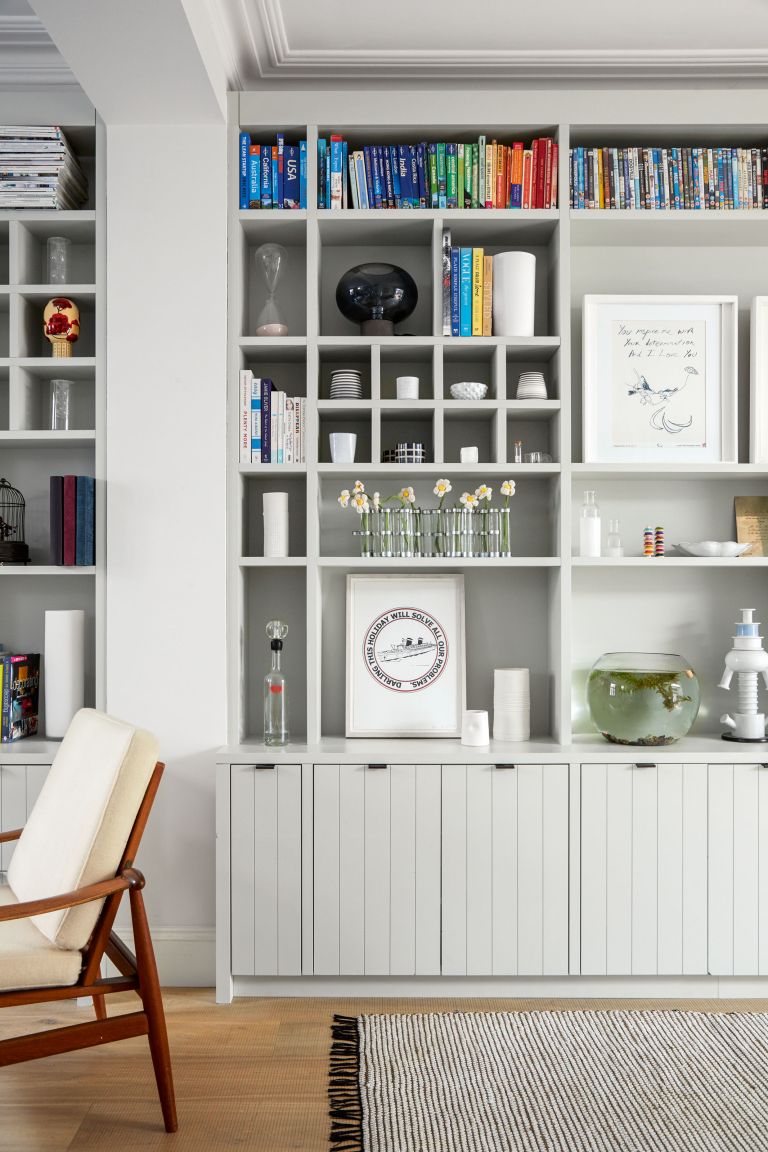
(Image credit: Anna Stathaki)
We've already established that acoustic cladding doesn't only have to look like egg boxes glued to a wall, and there are some elements of your home that are already cladding your walls and providing an acoustic break between rooms.
Well-stacked bookcases will resist vibrations from noise, diffusing its transfer into surrounding rooms. It's a natural fit for the likes of a home office idea, where bookcases can provide storage as well as blocking noise that might disturb you and affect productivity.
9. CHOOSE QUIETER APPLIANCES
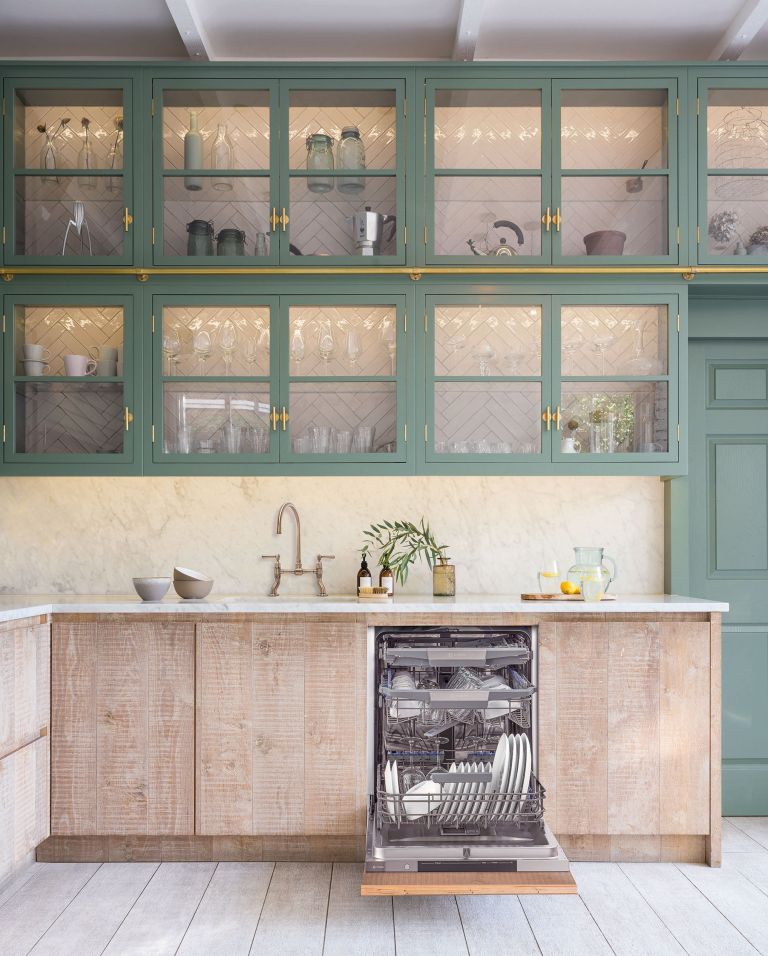
(Image credit: Caple)
Appliances are one of the biggest offenders for noise in the home, especially for those who work close to the kitchen. Kettles, washing machines and fridges all generate noise that can be particularly disruptive, and while it may seem like a minor inconvenience, it can quickly snowball.
‘Those noisy distractions which zap our productivity mean that we spend more time completing certain tasks, resulting in longer work hours and leading to increased stress levels,’ says Simon Gosling. ‘Related anxiety can keep us awake at night, impacting our sleep health, preventing us from recuperating and feeling well.’
It’s a significant consequence of not paying attention to the specs of your purchases. Most appliances come with a decibel rating that should inform part of your shopping process, but you can also look out for products that have undergone acoustic testing from Quiet Mark for a shortcut to a quiet appliance.
Consider how to plan a smart kitchen too, and set appliances such as dish washers and washing machines to turn on when you're not using the space, such as at night, scheduled ready to be emptied in the morning.
Read the original article on the Living Etc Magazine here.
Listen to Cat Hoad on Episode 35 of The Quiet Mark Podcast here.
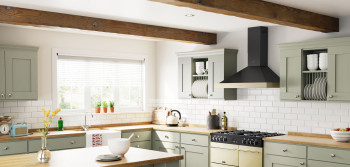



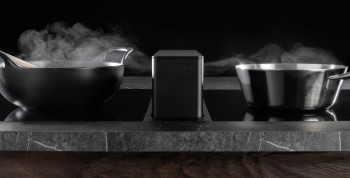
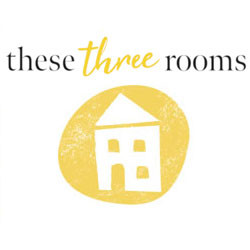






 Quiet Mark Founder
Quiet Mark Founder